Künstler*innen
Martin Maeller
‘The moon has a partial face, trapped to look at us just so,
and another face, always looking away.
[…]
Gaze across the lake and see if you can find me.
Move through fog until we touch.’[1]
Something given time to make its absence felt, for its lack to really feel. The conchoidal rifts of obsidian, the gossamer inclusions of phantom quartz: you are a quiet dark shape to yourself, and you see shapes in there. Pause to place your hand over ice. The freeze swirls into itself, clear ice on clear ice is a frenzy of tendrils and cracks, where the whitest whites are just smaller splits, crystal branchlets writing venous arabesques. Like how hoarfrost patterns occur on the skin – Lichtenberg figures – caused by lightning strikes. ‘Dust figures’, ‘skin feathering’ or ‘lightning flowers’, they call them. In its disarray of fractal breaks, ice rouses legibility as mere false relief. Like darkness, its multiplicity quivers lost and recalcitrant into absorbent depths. Black watercolour floating out from a brush dipped in water. Species of void one can’t help but hold onto; a coldness that is lethal at first, slowly warms to the touch.
It's true: ‘So many things seem to locate themselves in lack.’[2] I’m talking about deep depth, about hiddenness. Voids are irrepressible confessions in time to which we are hopelessly tethered, offering temporary rest for discrepant thoughts. Vacancy a space carved out for provisional relief. That anonymity. In extremity, things achieve a different texture and thus different feedback. Darkness, for instance, allows for things to lift precisely for its incommensurability. Night thoughts.
The resignation of philosophical darkness suggests time has reached a full stop, but here it is more like an ellipsis. Lapsed materialities, deformed conductivities, neutered futurities. New materials breed new mysticisms. Scored like glyphic hearts in bark, sombre and slightly doomsday punctuations are timorous testimonies of desired permanence: rainwater’s soft sorrow. The tremulous promise of rain, it tingles and interferes. Rain, in fact, makes you feel weightless, everything compressed and splintered at once, a sensitising shelter within which you are a mere effect. You feel mutable. The rain sharpens and depletes you into multiplying, evanescent densities, I guess that’s why people feel ‘liberated’.
‘A nocturnal robe of obsidian draped over our most precious, most anonymous thoughts.’[3] Yes, this psychology is contoured in cloaks, scantily spiritual in the way that gloom’s lethargy becomes climatological. In gloom, we linger: ‘gloom is the horror of a hovering stasis that is life.’[4] Steeping in ovate dreams beneath a dying sky, this mind is an atmosphere that permeates surroundings, seeing in the world languorous behaviours. You hold an ear to the disinterested world, knowing that its opaque force bites back. Less the sun’s ‘mental ejaculation’[5] than its secreted eclipse, the revelation of its giving up. Such lonely immersions are rare nowadays, but for those of us similarly alienated, it’s always already there. You trace affection for a world-without-us, the cosmic negativity that remains after us.
‘To become overgrown, like a ruin.’[6] These remains testify to what once was, things that cannot be lost in a simple way. Ambivalent they skirt the realm of the reliquiae yet are not resigned to its calcified finality. Their anti-vanitas vibe welcomes the solemnity of remnants and the deliberation of debris. Each saturnine vessel suggests a fiction of containment, when really, they open out the intrasubjective. Interiorities made almost radically skinless, x-rayed and see-through. Echinate enigmas, their exposed teeth and blind implacable eye snatching contact. This interior mind, absent of a body, is potent enough to function as a descriptor of what is not there – an infinite absence where no language is adequate and where philosophic thought collapses. At last: we are all openly encrypted to eachother, to ourselves. Exquisite, sundered hopelessness. The bared outline of a single subject loosens into the onyx murk of a glowering emptiness. This open, deep-sleep state of self-world relation is an invitation to intimacy that sustains private symbolisms. If it is a way of seeing the world in the same frame as an individual body, or a thought, it is a pessimistic diffusion of psyche and world: ‘A solipsism that is also the ultimate form of empathy with the unhuman. The one fantasy pessimism allows itself – the sadness of the cosmos.’[7]
Unplaceable, time is suspended here, forms collecting about an orphaned sense of ‘after’, unlocatable in its loss like melancholy. In melancholia, the loss cannot be situated, it has been obscured and recovery deferred seemingly into infinity. Coiling, the severed melancholic gaze turns inward because the silhouette one wants to fill is simply unknown, its object of loss half-alive. For Benjamin, melancholy is not a pathological condition but an activated attitude that symbolically brings the loss inside, to rest. This work, ‘from the realm of mourning to that of meaning,’ as Ilit Ferber writes, expresses ‘a deepening of the loss, an extended deadening of the object’ from which a fullness surfaces.[8] The retention and intensification of loss rather than its expulsion and overcoming.
In the aftermath that are these stilled forms, tentatively held at a remove, is this processual melancholy of bringing disunities to rest, which might be ascribed to Ferber’s ‘deepening death’. These disidentifications and disharmonies are unresolved, commemoratively laid out like prefigured wounds. In this self-world work is the observance of potentiality at the point of its evacuation of meaning. At the futile vector of asking: What’s left? Empty dimensions cleave deep impressions. The want for that impossible ‘without’, for unhuman thought and remote continuity, where the moon looks away – it is in this atmospheric site of inner life where I am met, making contact through the fog.
Alex Bennett
Alex Bennett is a writer and critic based in London. He is a contributing editor for Flash Art.
--
[1] T Fleischmann, Time Is the Thing a Body Moves Through (Minneapolis: Coffee House Press, 2019), 97
[2] Ibid, 37
[3] Eugene Thacker, Infinite Resignation (London: Repeater Books, 2018), 59
[4] Eugene Thacker, Cosmic Pessimism (Minneapolis: Univocal Publishing, 2015), 21
[5] Georges Bataille, Visions of Excess (Minneapolis: University of Minnesota Press, 1970; 1985), 57
[6] Thacker, Cosmic Pessimism, 54
[7] Thacker, Infinite Resignation, 66
[8] Ilit Ferber, ‘Melancholy Philosophy: Freud and Benjamin,’ EREA 4.1 (Spring 2006), 66–74

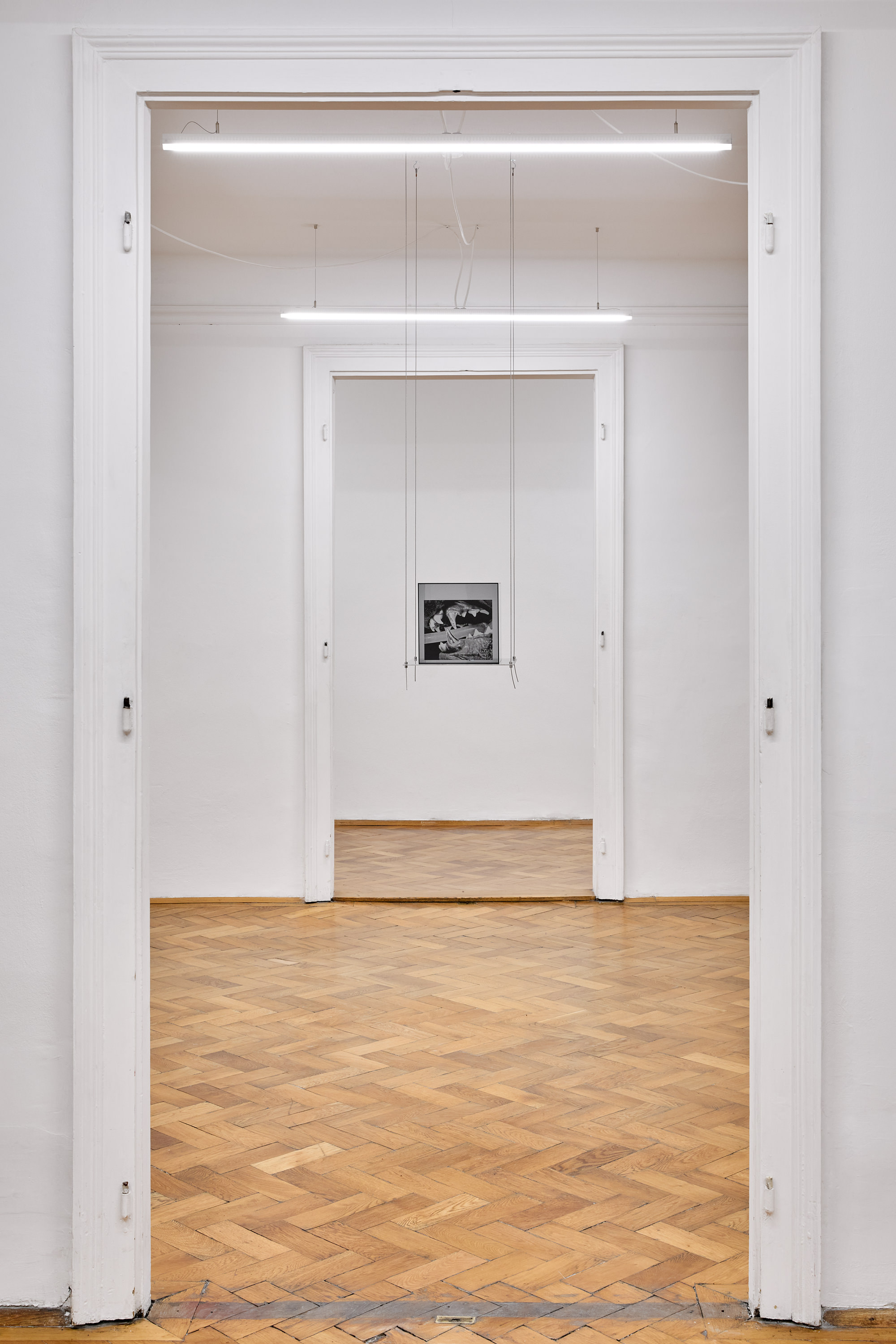
Martin Maeller, Untitled (in my dreams), silkscreen on PMMA, paper, 27 x 27 x 27 cm, 2021/2020 | Photo: Jan Kolsky
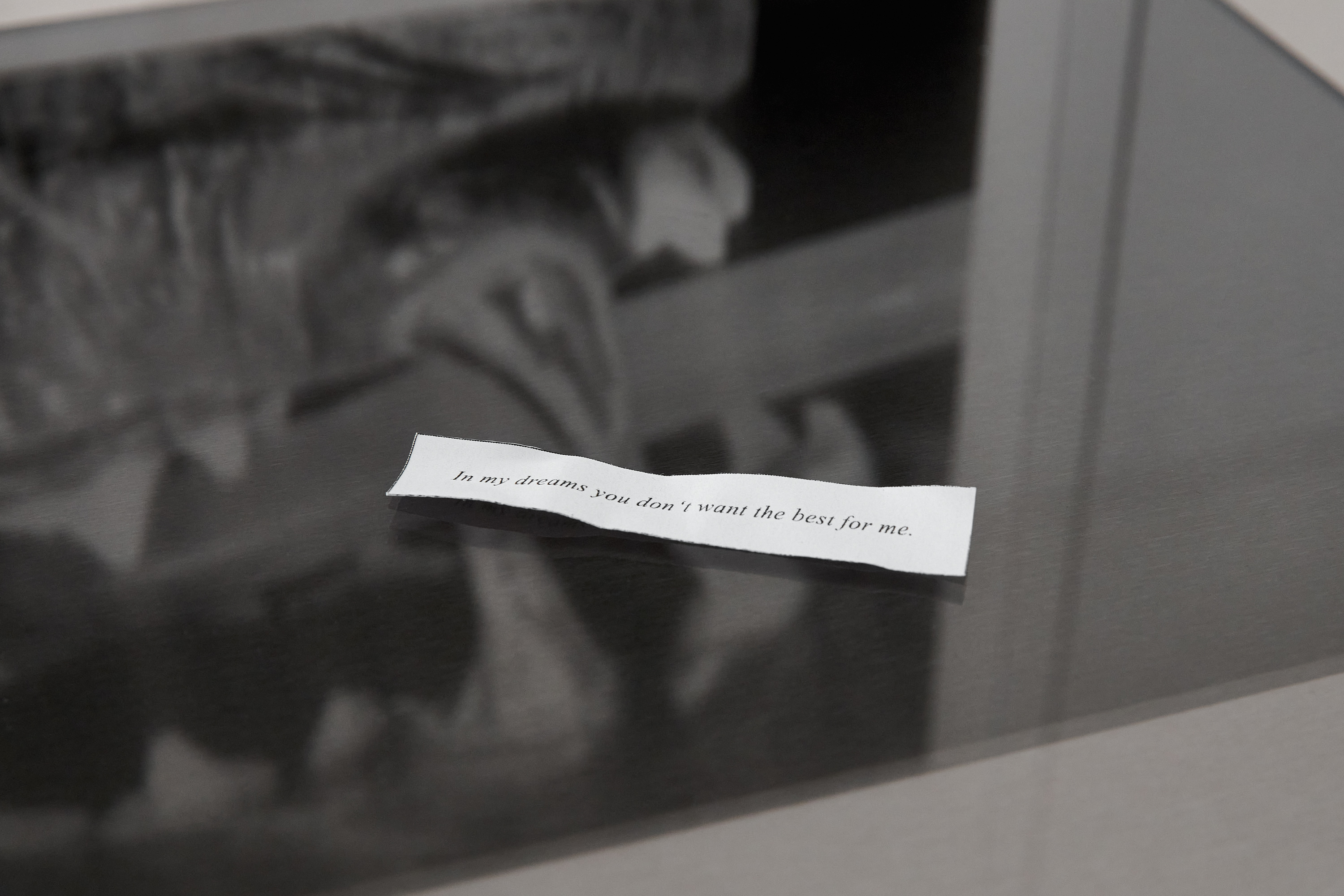
Martin Maeller, Untitled (in my dreams), detail | Photo: Jan Kolsky
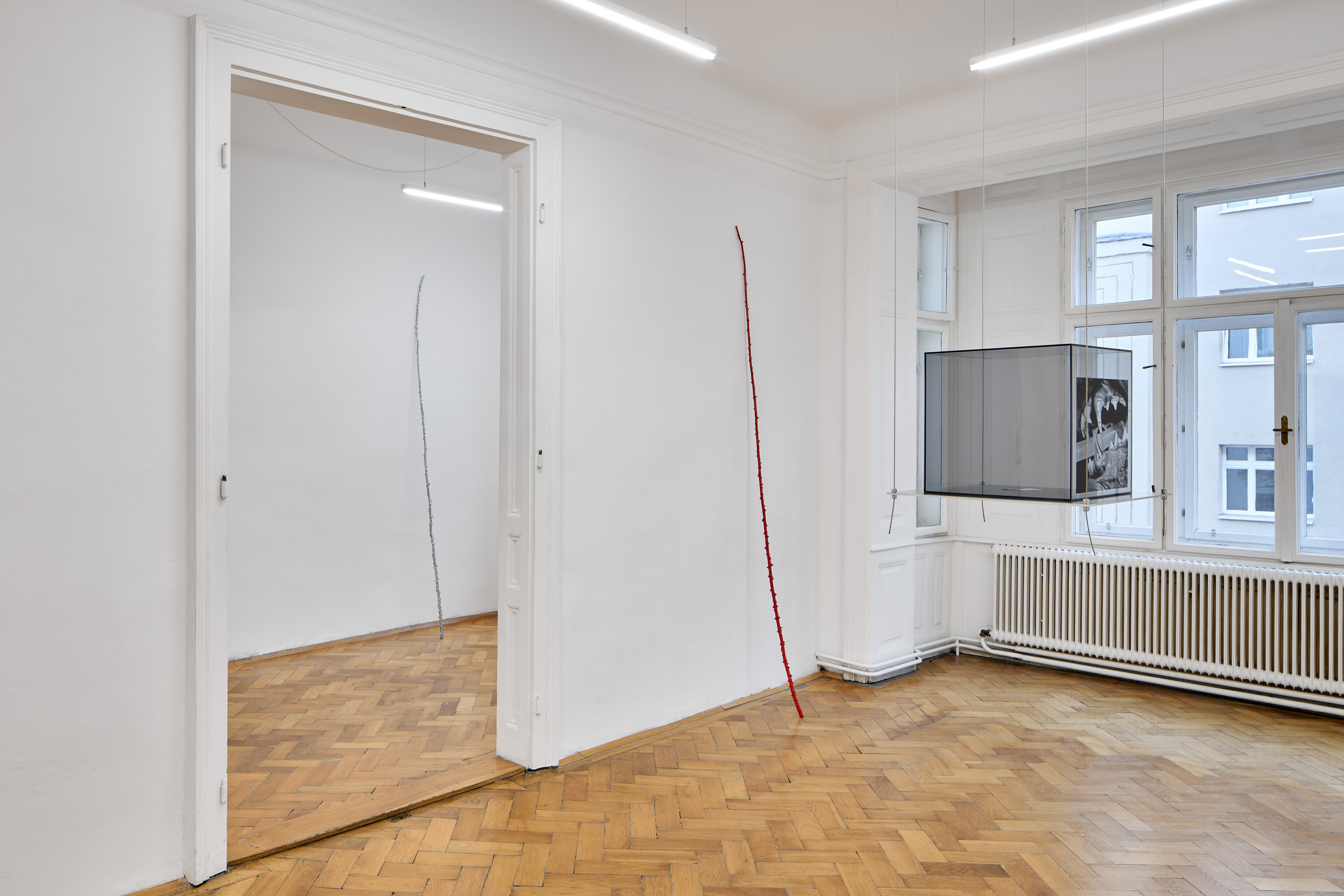
Martin Maeller, lethargic rays, 2023, installation view, UA26/Loggia, Vienna | Photo: Jan Kolsky
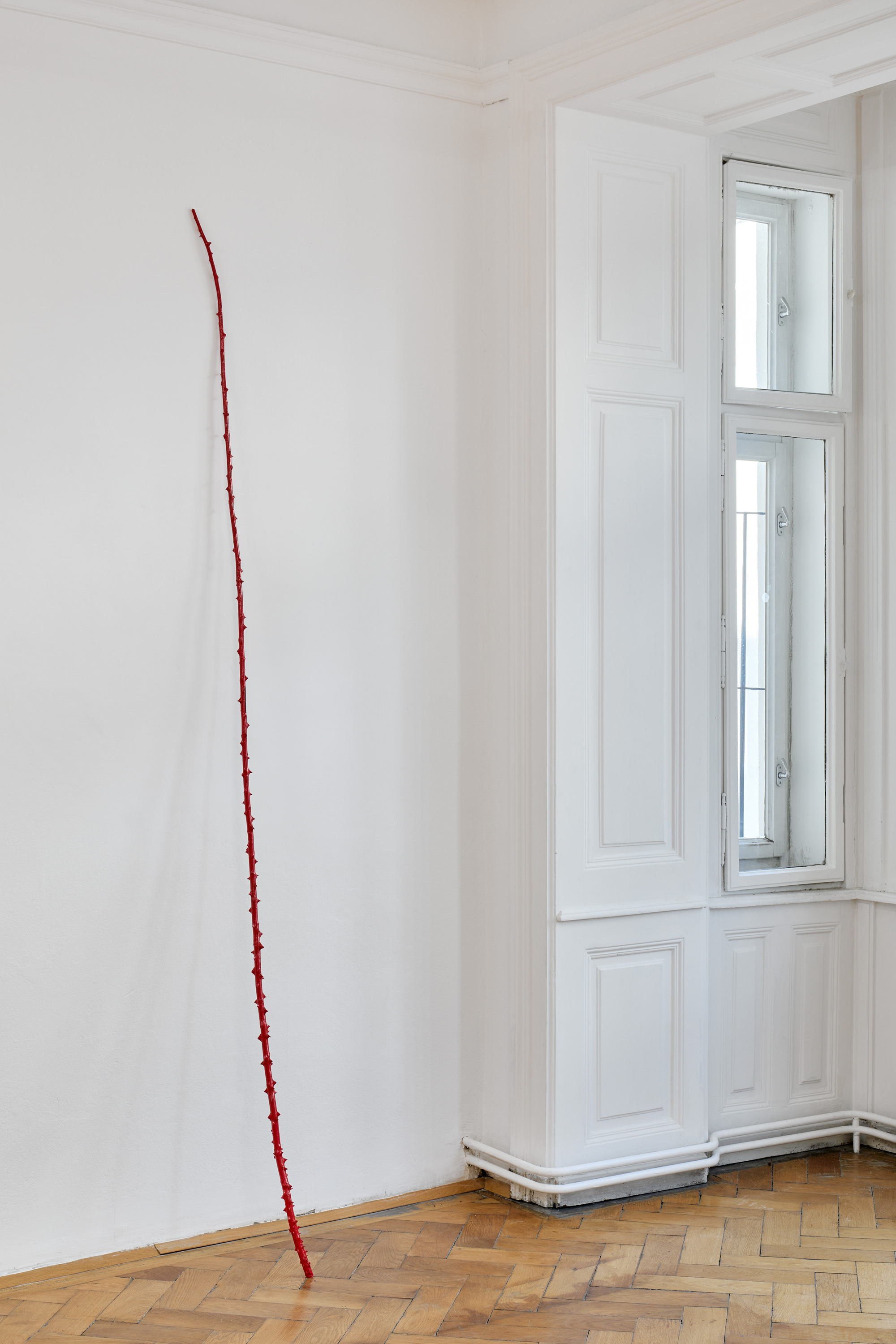
Martin Maeller, Untitled (nervous dust), powder-coated bronze, PVC, 240 x 3 x 3 cm, 2022 | Photo: Jan Kolsky
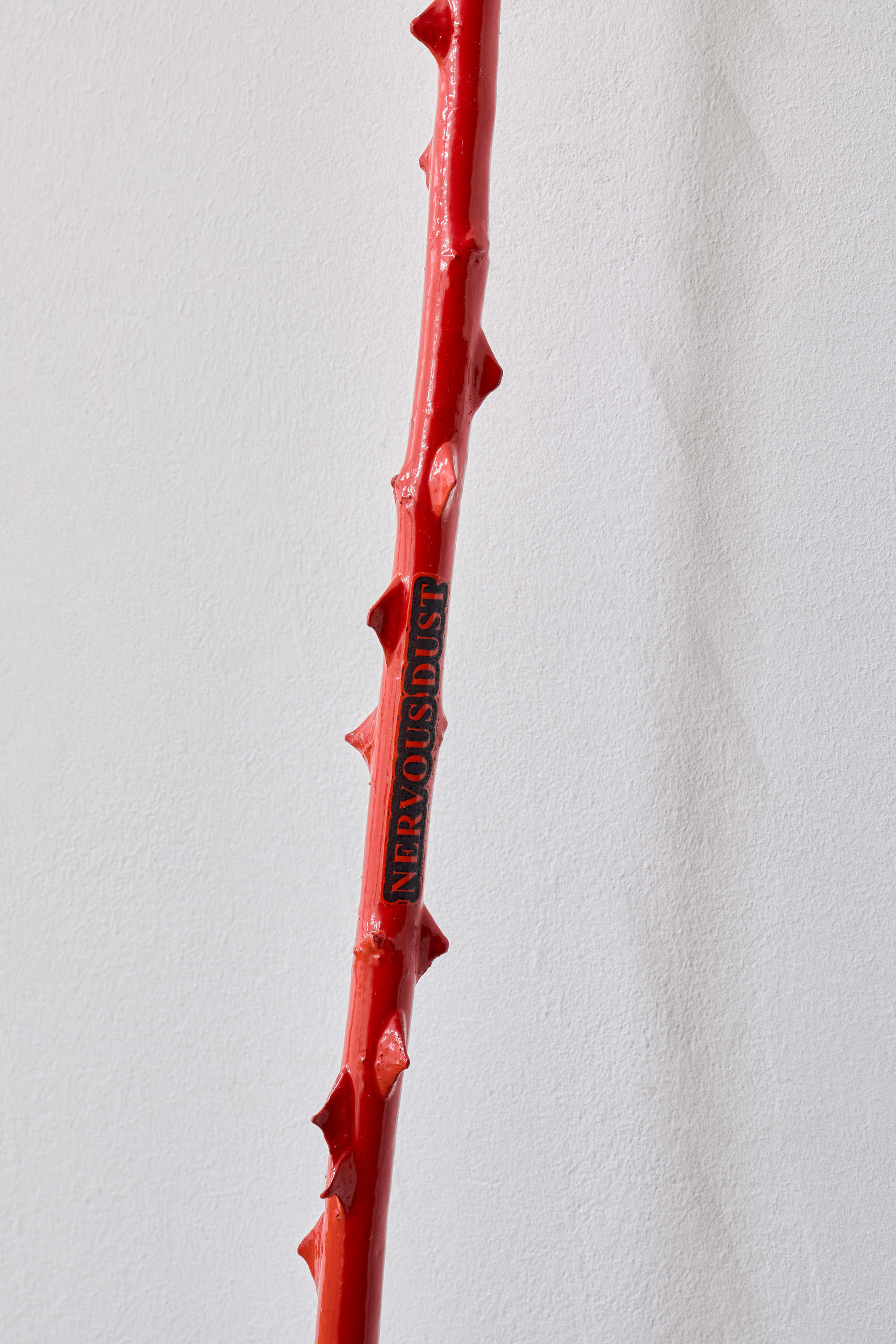
Martin Maeller, Untitled (nervous dust), detail | Photo: Jan Kolsky
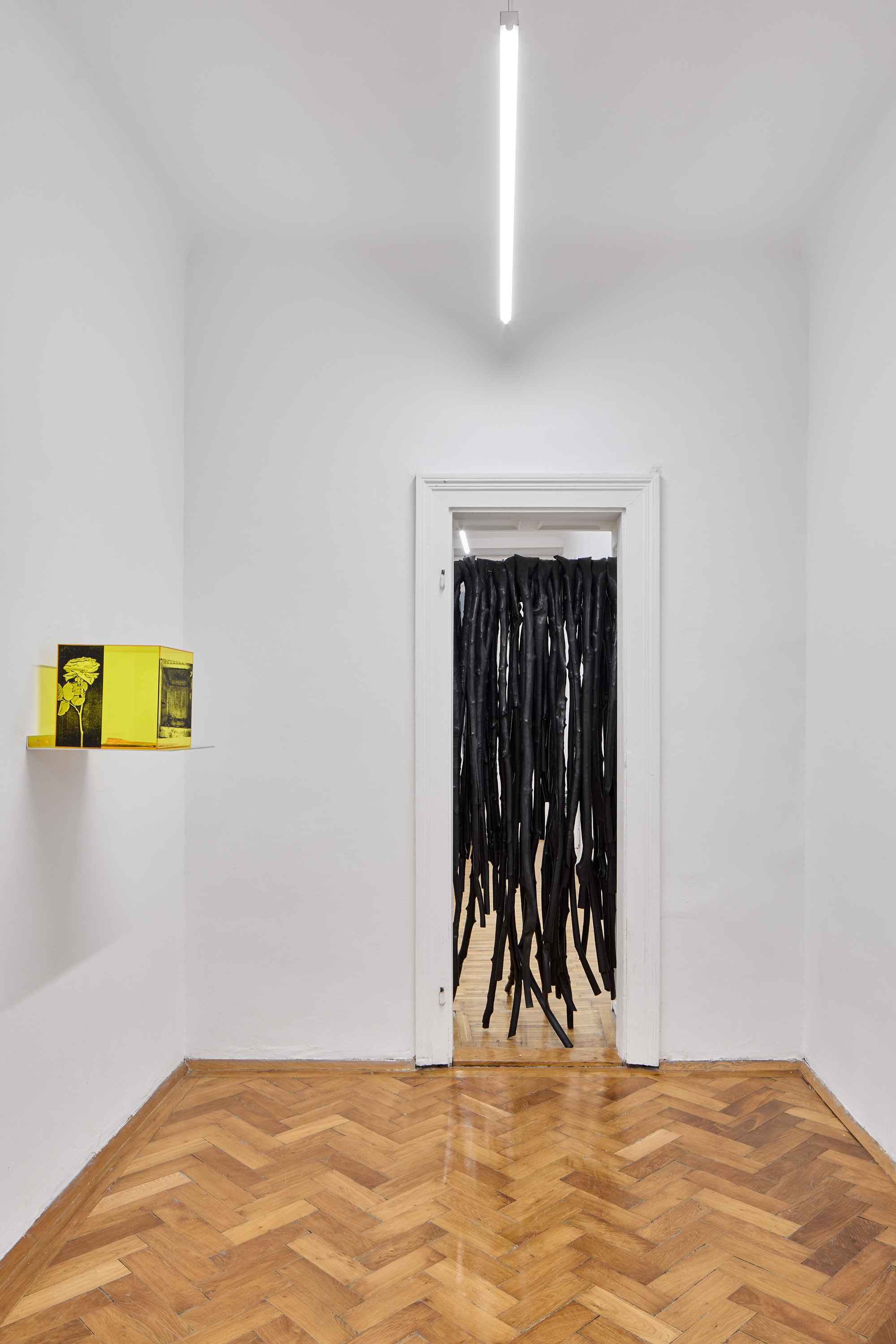
Martin Maeller, lethargic rays, 2023, installation view, UA26/Loggia, Vienna | Photo: Jan Kolsky
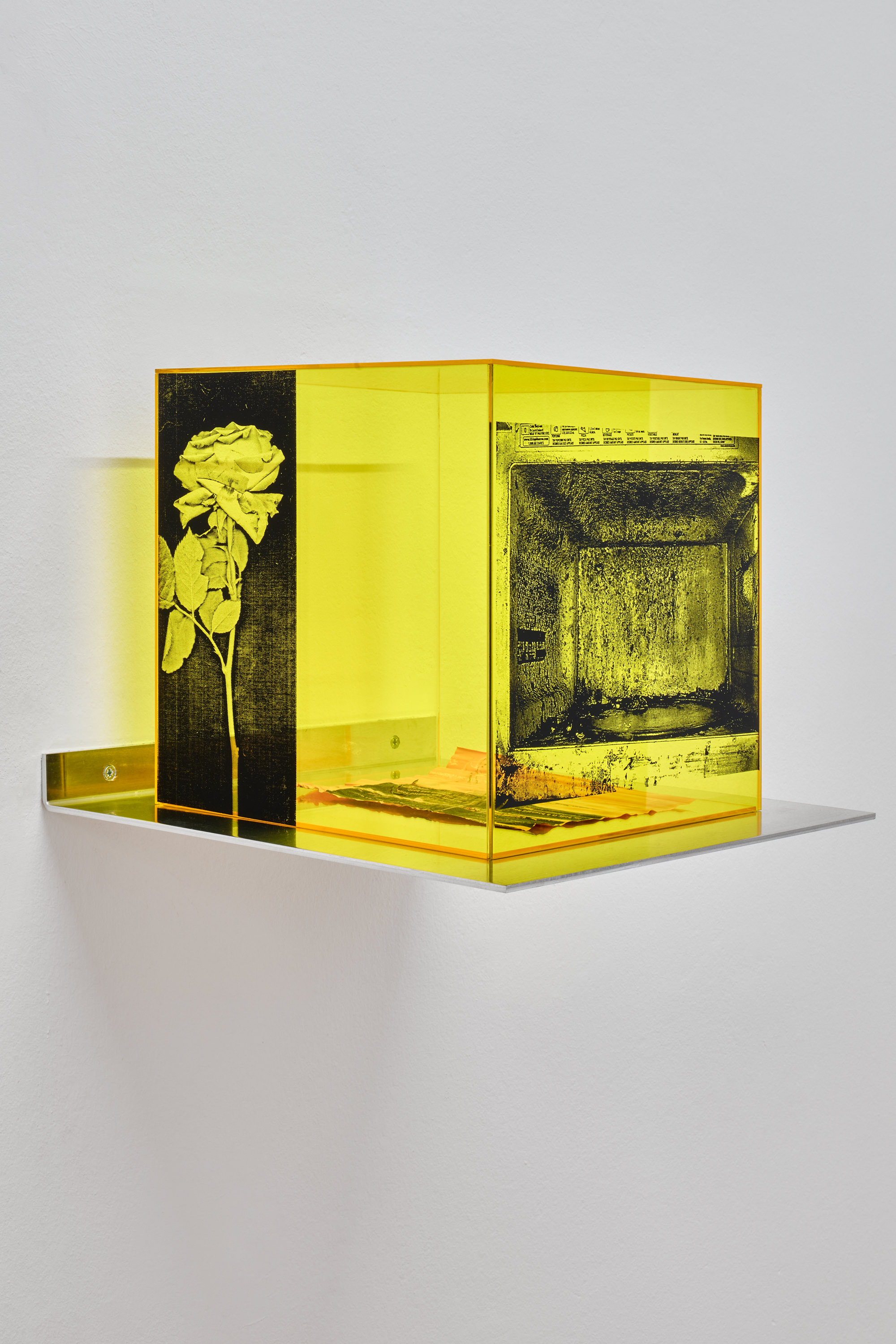
Martin Maeller, Untitled (haunted house), silkscreen on PMMA, PVC, 27 x 27 x 27 cm, 2023 | Photo: Jan Kolsky
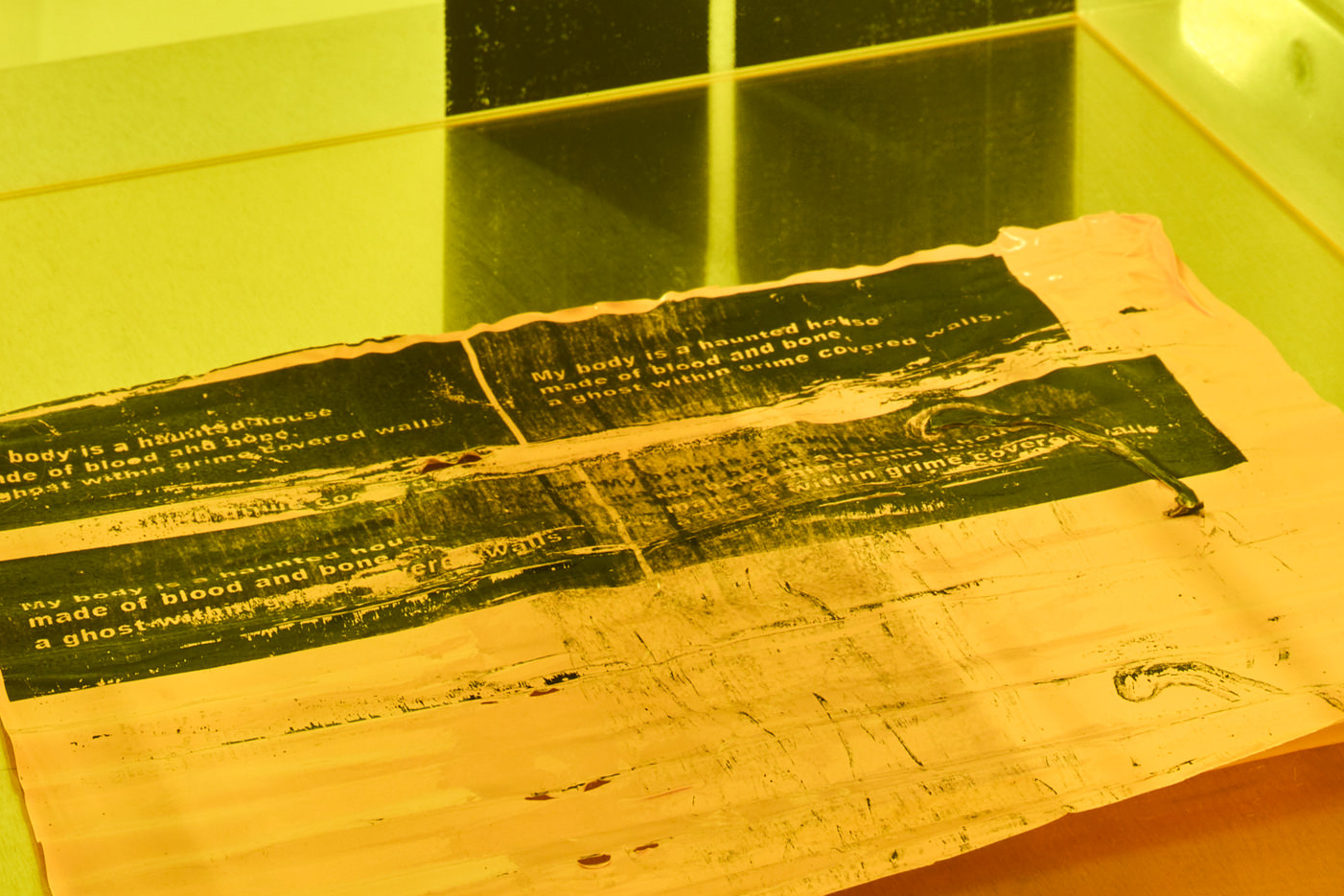
Martin Maeller, Untitled (haunted house), detail | Photo: Jan Kolsky
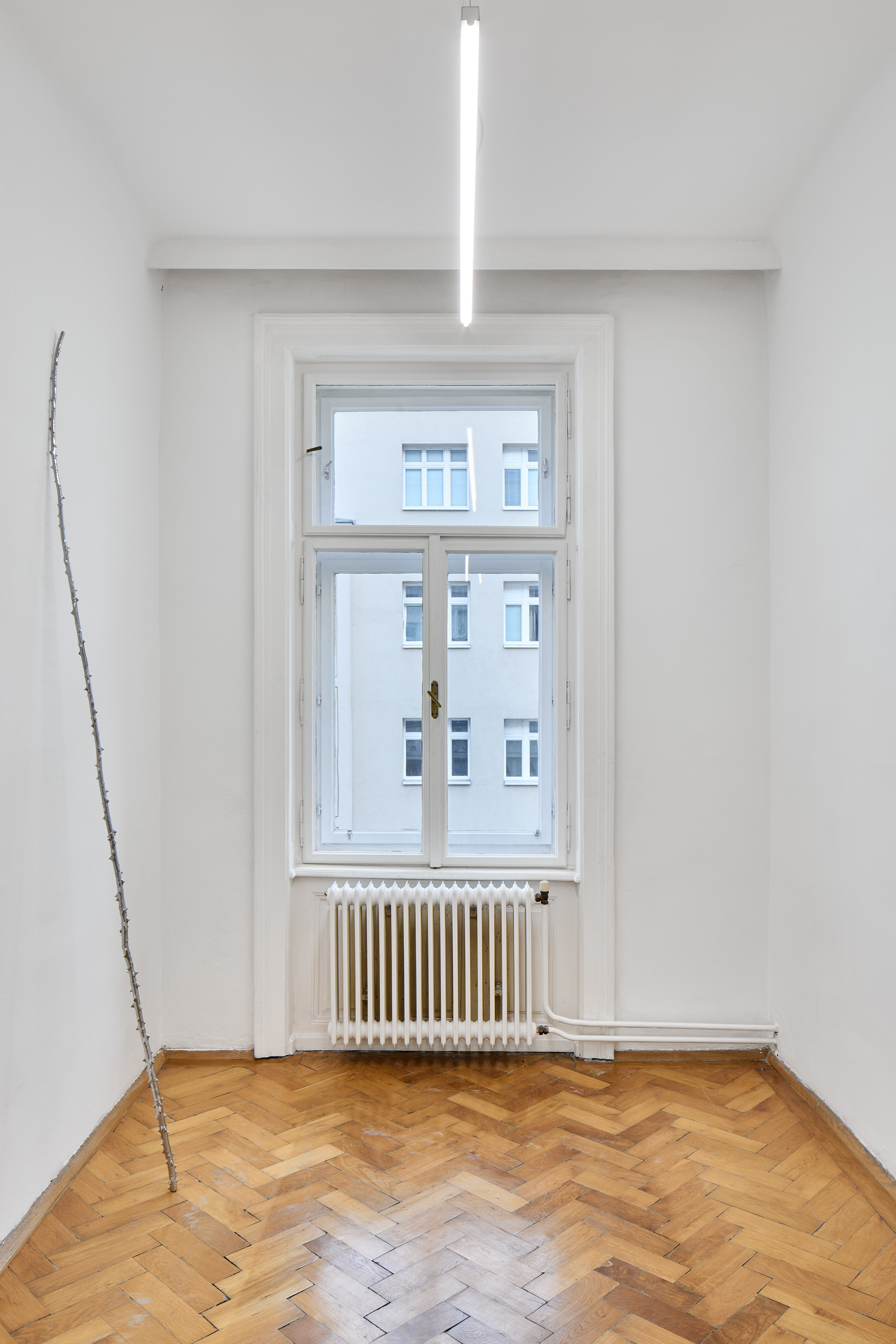
Martin Maeller, Untitled (cursed), chrome-plated bronze, PVC, 242 x 3,5 x 3,5 cm, 2022 | Photo: Jan Kolsky
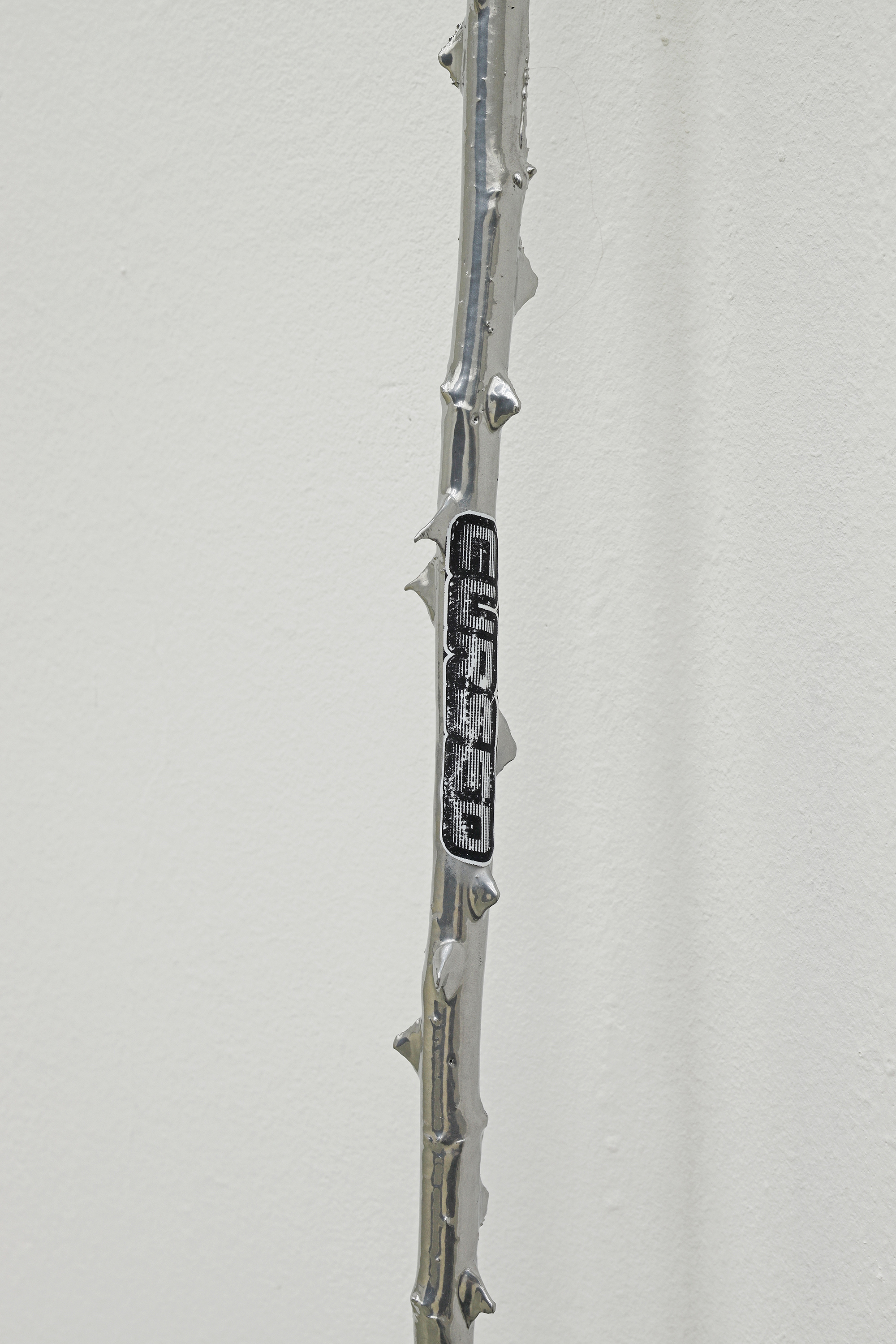
Martin Maeller, Untitled (cursed), detail | Photo: Jan Kolsky
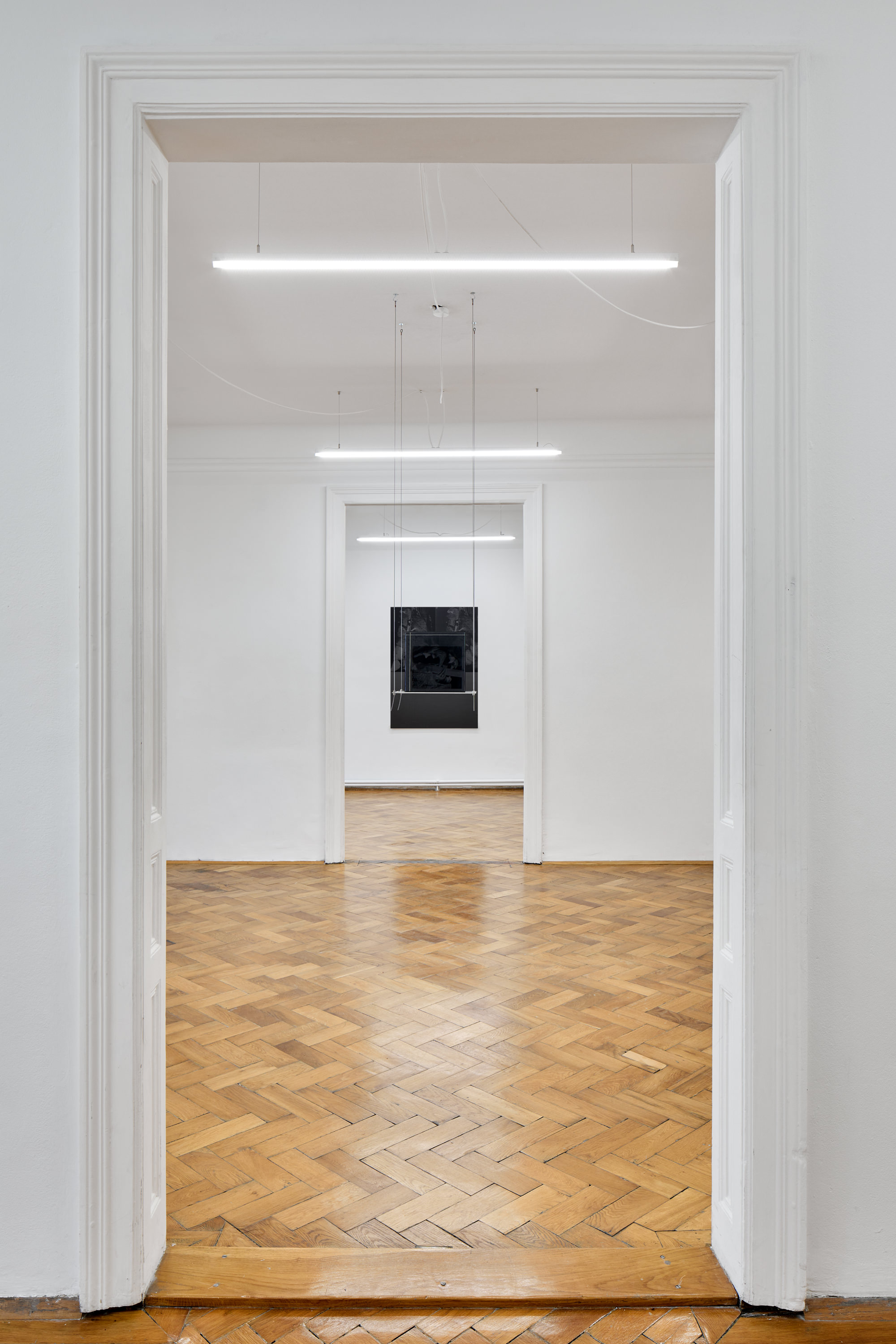
Martin Maeller, lethargic rays, 2023, installation view, UA26/Loggia, Vienna | Photo: Jan Kolsky
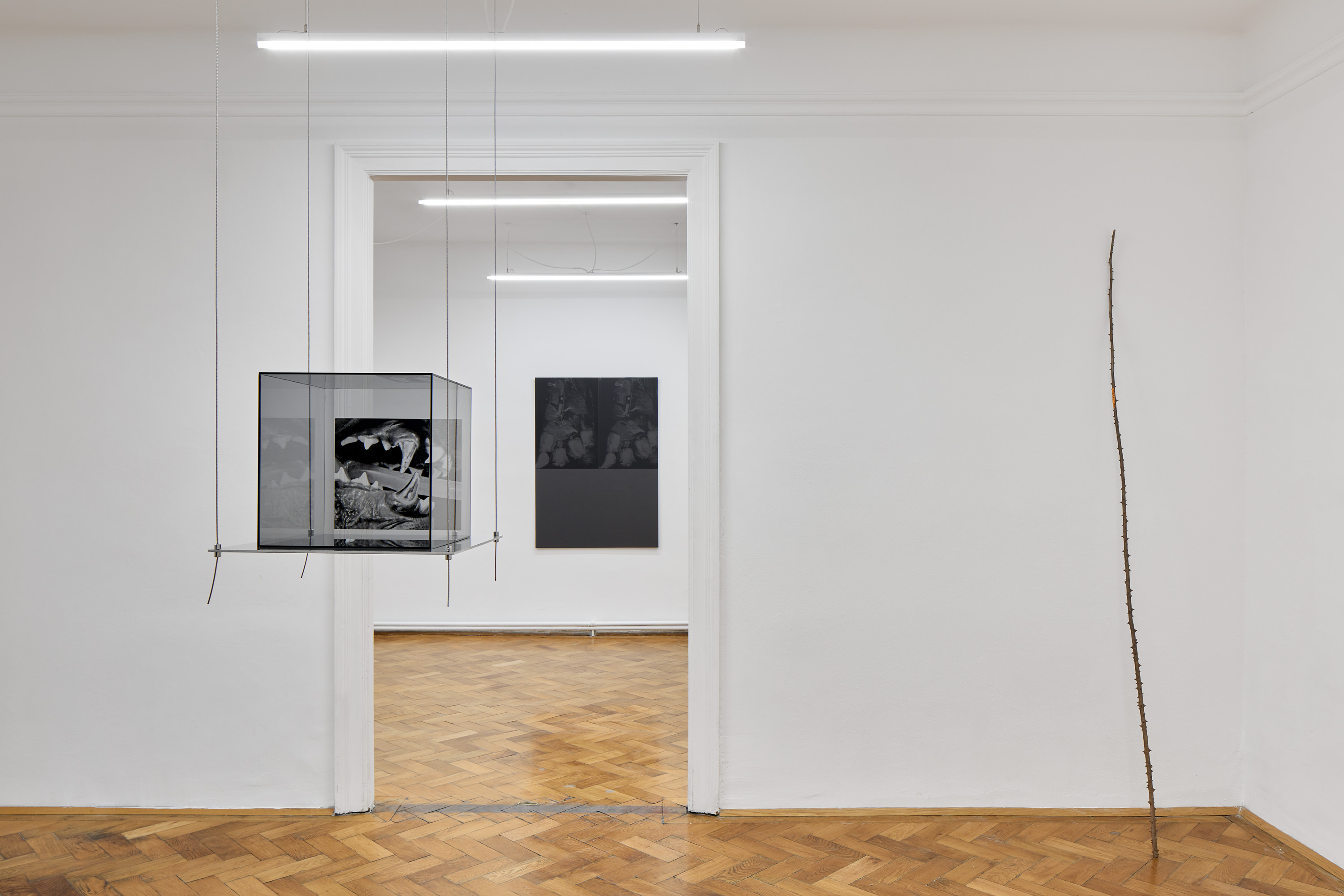
Martin Maeller, lethargic rays, 2023, installation view, UA26/Loggia, Vienna | Photo: Jan Kolsky
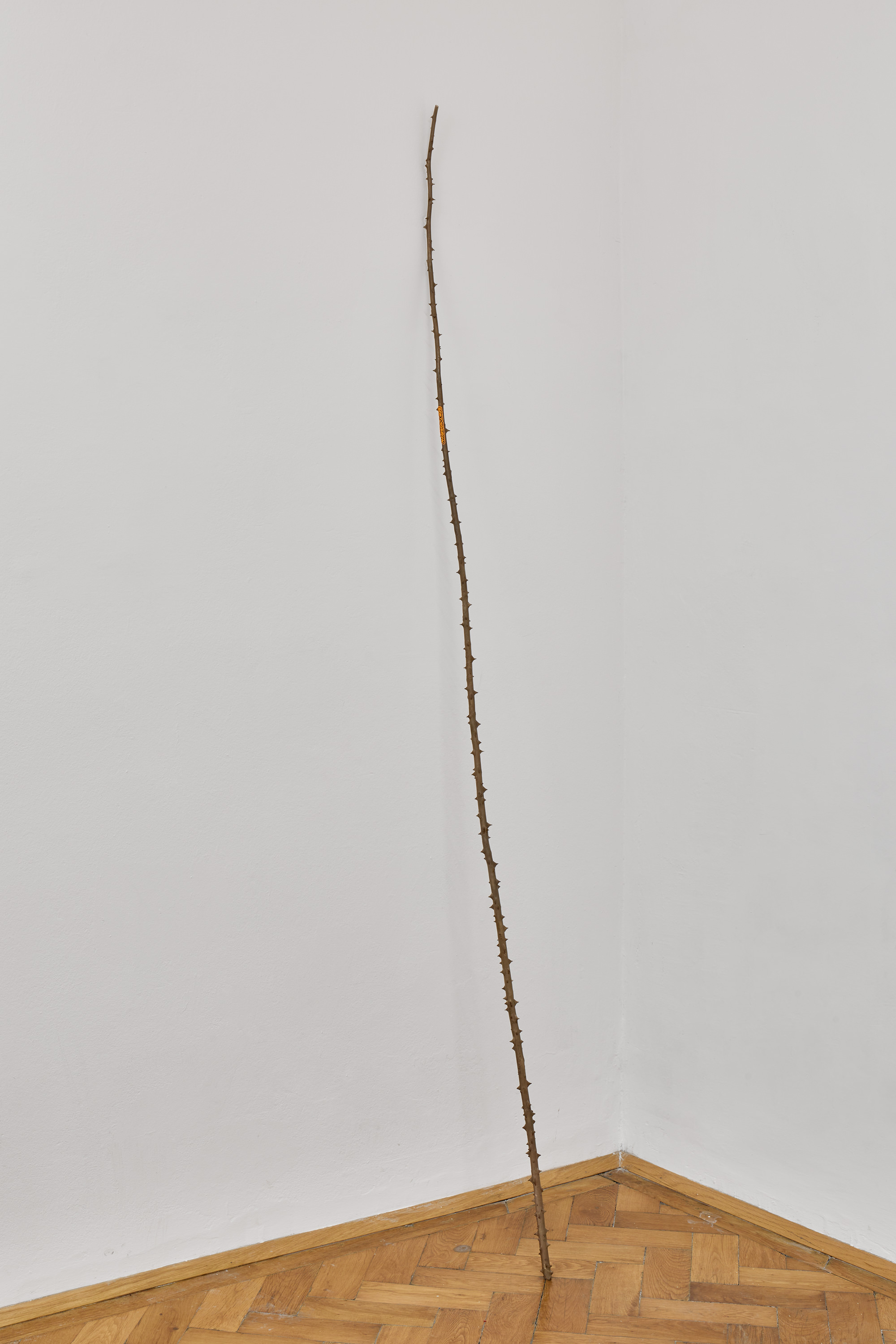
Martin Maeller, Untitled (soft sorrow), bronze, PVC, 232 x 2,5 x 2,5 cm, 2022 | Photo: Jan Kolsky
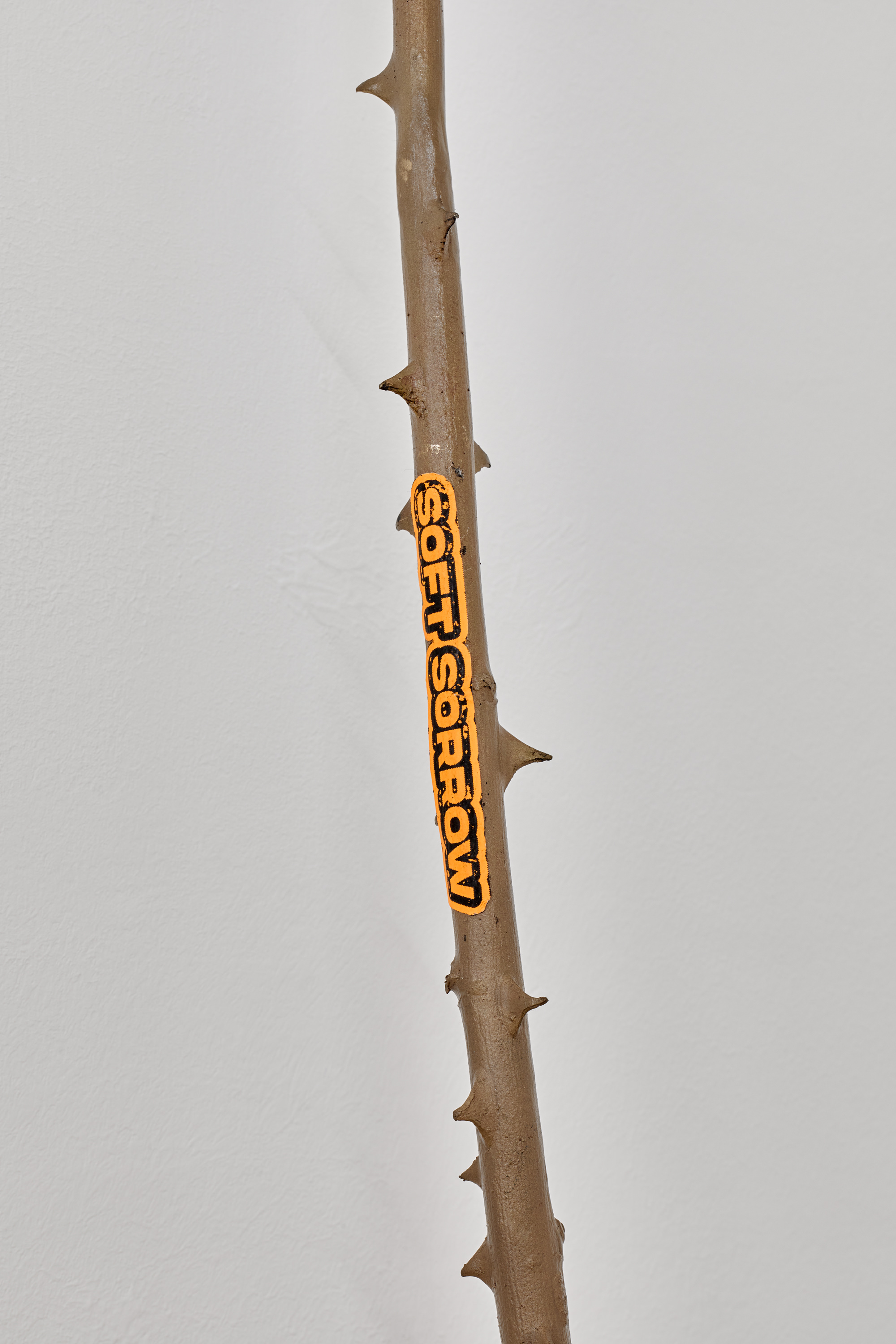
Martin Maeller, Untitled (soft sorrow), detail | Photo: Jan Kolsky
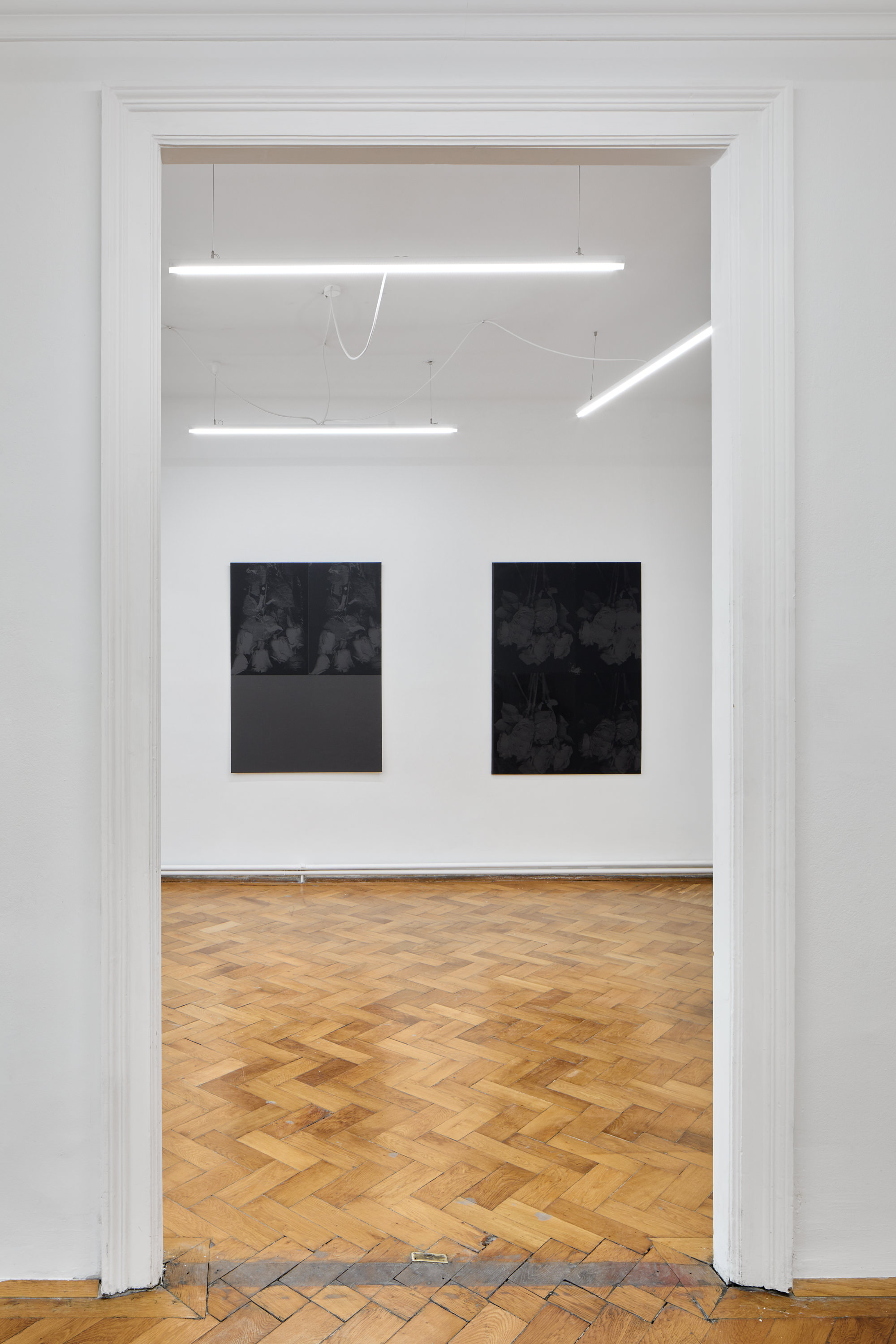
Martin Maeller, lethargic rays, 2023, installation view, UA26/Loggia, Vienna | Photo: Jan Kolsky
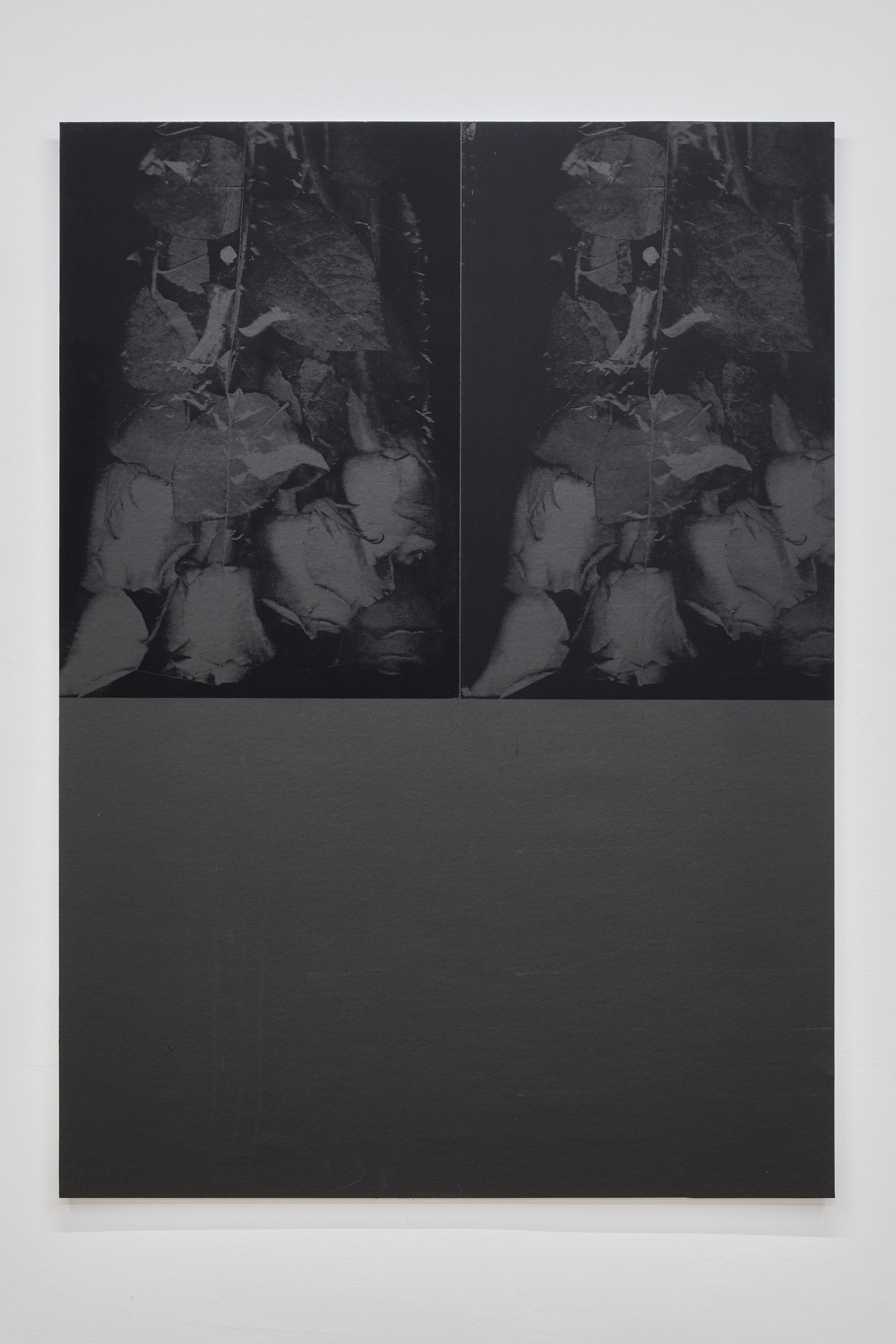
Martin Maeller, Untitled (roses II), silkscreen on abrasive paper, 135,8 x 98 cm,
2023 | Photo: Jan Kolsky
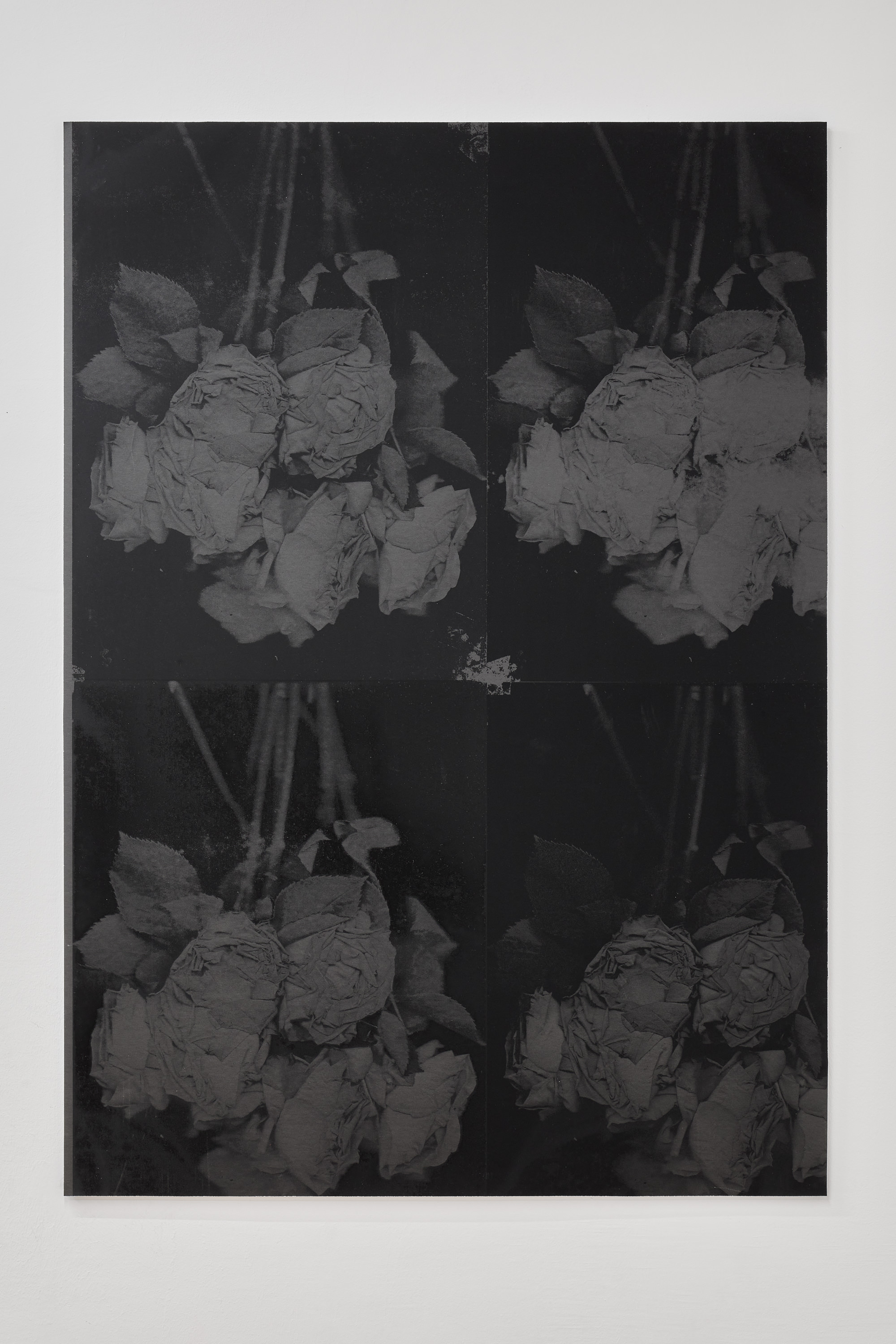
Martin Maeller, Untitled (roses III), silkscreen on abrasive paper, 137,5 x 98 cm,
2023 | Photo: Jan Kolsky
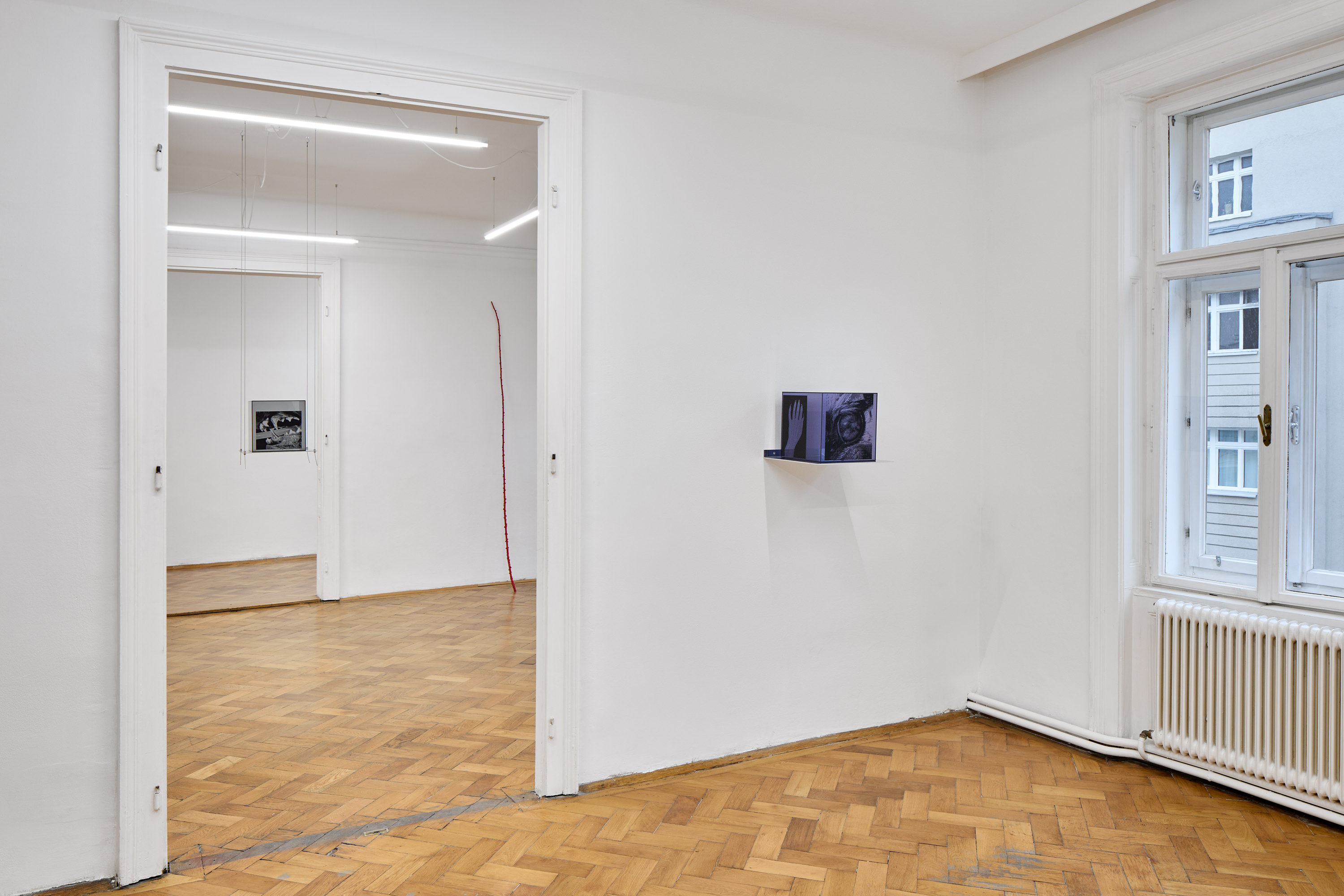
Martin Maeller, lethargic rays, 2023, installation view, UA26/Loggia, Vienna | Photo: Jan Kolsky
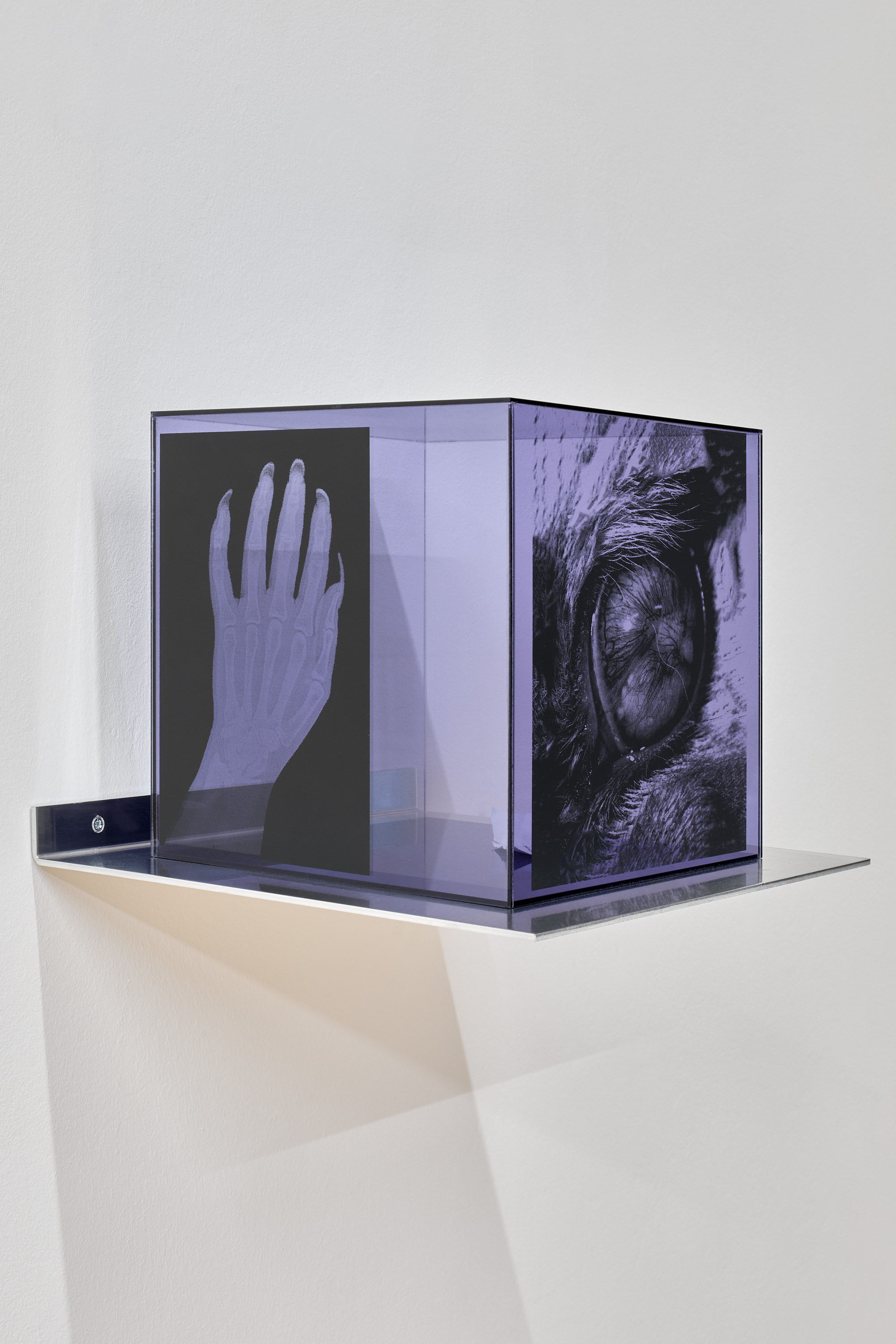
Martin Maeller, Untitled (cold world), silkscreen on PMMA, paper, 27 x 27 x 27 cm, 2023/2022 | Photo: Jan Kolsky
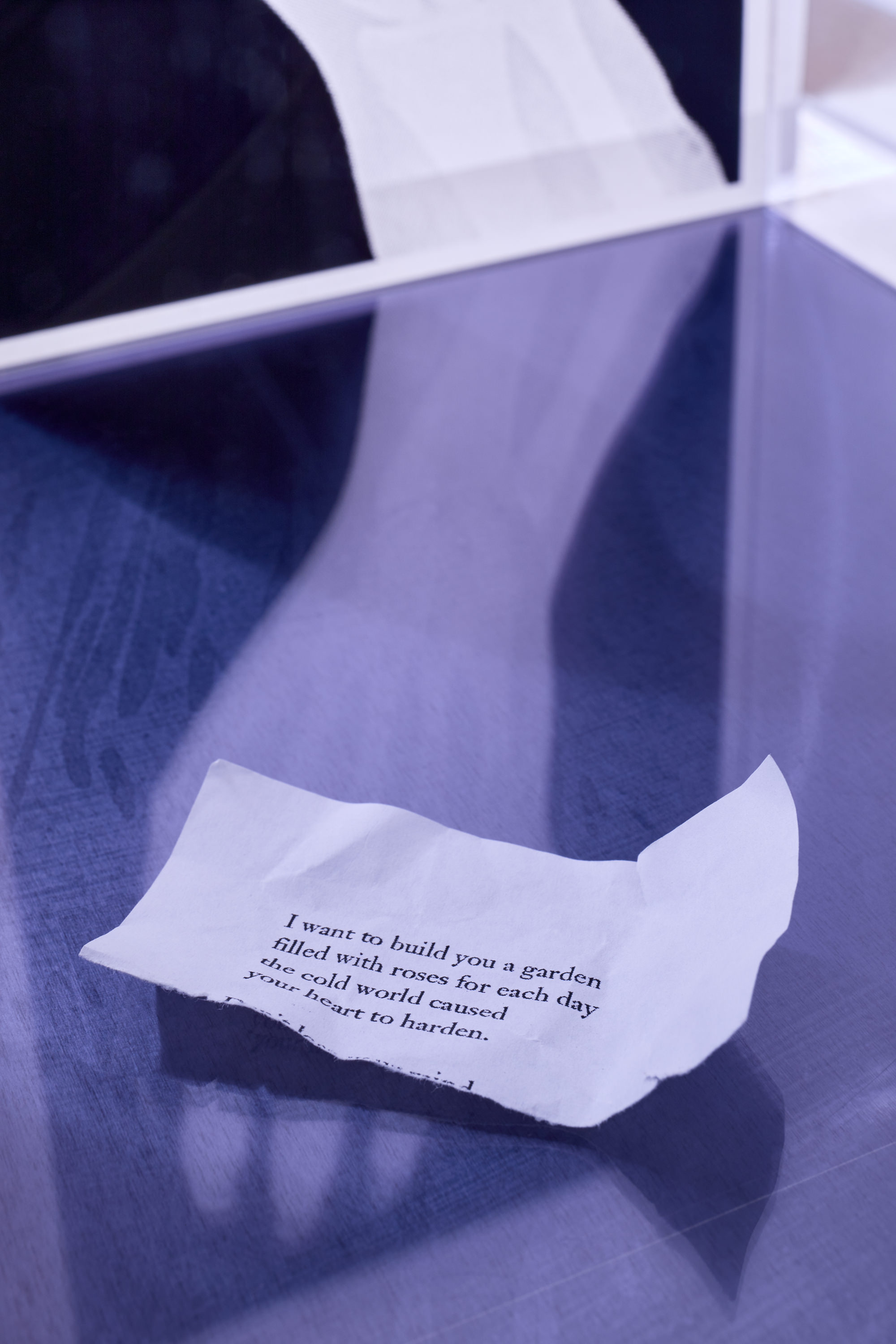
Martin Maeller, Untitled (cold world), detail | Photo: Jan Kolsky


Martin Maeller, Untitled (in my dreams), silkscreen on PMMA, paper, 27 x 27 x 27 cm, 2021/2020 | Photo: Jan Kolsky

Martin Maeller, Untitled (in my dreams), detail | Photo: Jan Kolsky

Martin Maeller, lethargic rays, 2023, installation view, UA26/Loggia, Vienna | Photo: Jan Kolsky

Martin Maeller, Untitled (nervous dust), powder-coated bronze, PVC, 240 x 3 x 3 cm, 2022 | Photo: Jan Kolsky

Martin Maeller, Untitled (nervous dust), detail | Photo: Jan Kolsky

Martin Maeller, lethargic rays, 2023, installation view, UA26/Loggia, Vienna | Photo: Jan Kolsky

Martin Maeller, Untitled (haunted house), silkscreen on PMMA, PVC, 27 x 27 x 27 cm, 2023 | Photo: Jan Kolsky

Martin Maeller, Untitled (haunted house), detail | Photo: Jan Kolsky

Martin Maeller, Untitled (cursed), chrome-plated bronze, PVC, 242 x 3,5 x 3,5 cm, 2022 | Photo: Jan Kolsky

Martin Maeller, Untitled (cursed), detail | Photo: Jan Kolsky

Martin Maeller, lethargic rays, 2023, installation view, UA26/Loggia, Vienna | Photo: Jan Kolsky

Martin Maeller, lethargic rays, 2023, installation view, UA26/Loggia, Vienna | Photo: Jan Kolsky

Martin Maeller, Untitled (soft sorrow), bronze, PVC, 232 x 2,5 x 2,5 cm, 2022 | Photo: Jan Kolsky

Martin Maeller, Untitled (soft sorrow), detail | Photo: Jan Kolsky

Martin Maeller, lethargic rays, 2023, installation view, UA26/Loggia, Vienna | Photo: Jan Kolsky

Martin Maeller, Untitled (roses II), silkscreen on abrasive paper, 135,8 x 98 cm,
2023 | Photo: Jan Kolsky

Martin Maeller, Untitled (roses III), silkscreen on abrasive paper, 137,5 x 98 cm,
2023 | Photo: Jan Kolsky

Martin Maeller, lethargic rays, 2023, installation view, UA26/Loggia, Vienna | Photo: Jan Kolsky

Martin Maeller, Untitled (cold world), silkscreen on PMMA, paper, 27 x 27 x 27 cm, 2023/2022 | Photo: Jan Kolsky

Martin Maeller, Untitled (cold world), detail | Photo: Jan Kolsky

